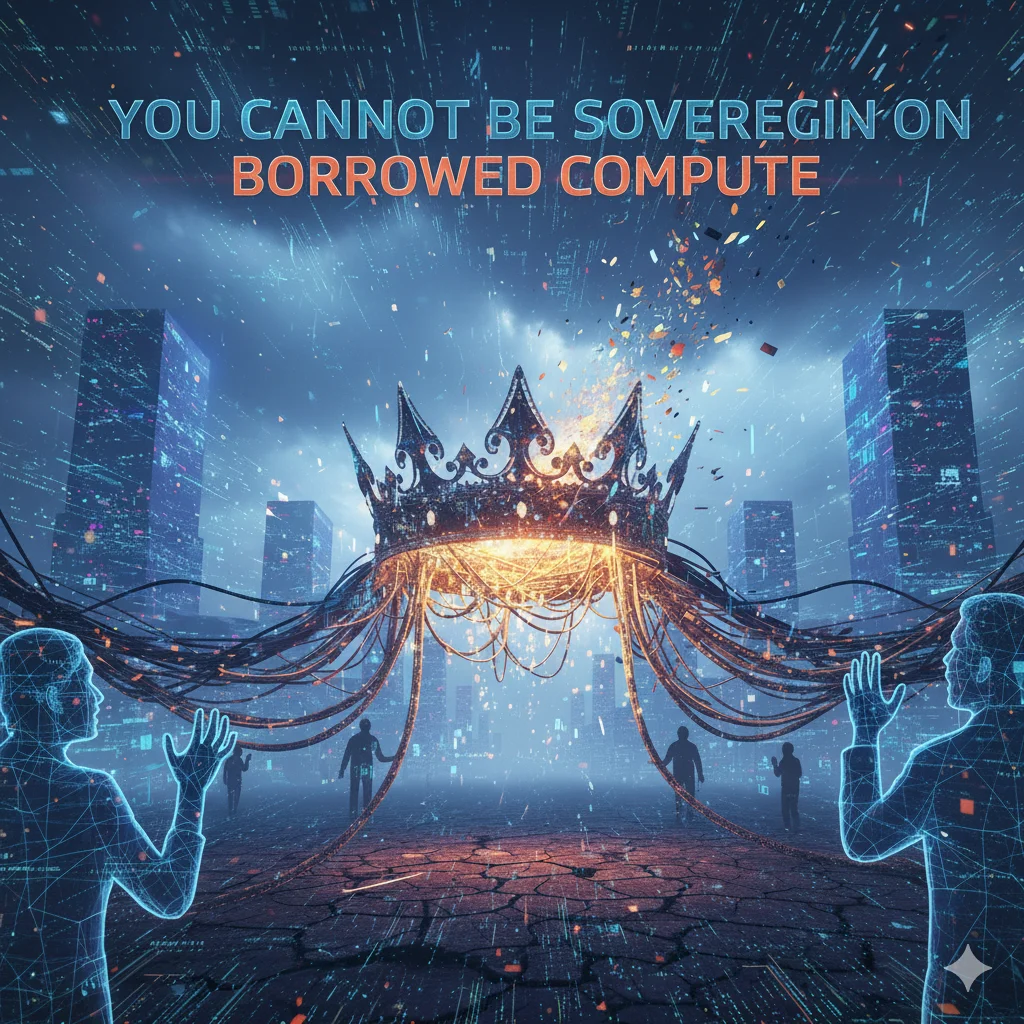In the evolving landscape of data-driven marketing, understanding the nuances between diverse types of data and their applications is crucial. Two important concepts in this realm are zero-party data and the customer single view (CSV)/single customer view (SCV). While both are valuable for creating personalized and effective marketing strategies, they serve different purposes and are collected in distinct ways. This article delves into the differences between zero-party data and the single customer view, highlighting their unique characteristics and relevance for marketers.
What is Zero-Party Data?
Zero-party data is information that customers intentionally and proactively share with a brand. This type of data is collected through direct interactions where customers willingly provide their preferences, interests, and intentions. Common methods for gathering zero-party data include:
- Surveys and Quizzes: Customers fill out forms or participate in quizzes that reveal their preferences and needs.
- Preference Centers: Customers update their communication and product preferences through a dedicated platform.
- Feedback Forms: Post-purchase surveys and feedback forms where customers share their opinions and future purchase intentions.
Zero-party data is highly valuable because it is explicitly provided by customers, ensuring its accuracy and relevance. This data type is also compliant with privacy regulations like GDPR, as it is collected with clear customer consent.
What is a Customer Single View?
A customer single view or single customer view is an aggregated, consistent, and holistic representation of all the data an organization holds about its customers. This unified view compiles data from various sources, including:
- Purchase History: Records of all transactions made by the customer.
- Site Activity: Data on how customers interact with the company’s website or app.
- Product Recommendations: Insights into products the customer might be interested in based on their behavior.
- Demographic Information: Basic details such as age, gender, and location.
The primary goal of a single customer view is to provide a comprehensive understanding of each customer, enabling businesses to analyze past behaviors and predict future actions. This unified view is particularly useful for managing customer segmentation and automating marketing campaigns.
Key Differences Between Zero-Party Data and Customer Single View:
| Aspect | Zero-Party Data | Customer Single View |
| Source | Directly provided by the customer | Aggregated from multiple data sources |
| Nature | Explicit preferences, interests, and intentions | Comprehensive profile including behavior and history |
| Collection Method | Surveys, quizzes, feedback forms, preference centers | Data integration from CRM, transactional systems, and web analytics |
| Accuracy | High, as it is voluntarily shared by customers | Can vary, depending on data quality and integration |
| Privacy Compliance | Strong, as it is collected with customer consent | Requires careful management to ensure compliance |
| Usage | Personalizing experiences based on stated preferences | Analyzing past behavior to predict future actions |
Why Zero-Party Data & Customer Single View Matters for Smarter Marketing?
Enhanced Personalization:
Zero-party data allows marketers to tailor experiences and communications to individual customer preferences with high precision. For example, if a customer indicates a preference for eco-friendly products, the brand can highlight these items in their marketing efforts.
Comprehensive Customer Understanding:
Single customer view provides a holistic view of the customer, combining various data points to offer a complete picture of their interactions with the brand. This comprehensive understanding is essential for creating cohesive and consistent customer experiences across all touchpoints.
Privacy and Trust:
Zero-party data addresses privacy concerns more directly, as it is collected with explicit customer consent. This transparency fosters trust and encourages customers to share more information, knowing it will be used to enhance their experience.
Data Integration Challenges:
Creating and maintaining a customer single view can be challenging due to the need for accurate data integration from multiple sources. Discrepancies and anomalies in data must be resolved to ensure the customer single view is dependable and useful.
Zero-Party Data vs. Customer Single View: A Dual Approach to Marketing Success
Both zero-party data and the customer single view are invaluable for distinct aspects of a marketing strategy. Zero-party data is ideal for immediate personalization efforts, while a customer single view is crucial for long-term customer relationship management and strategic planning.
Leveraging Zero-Party Data and Single Customer Views to Enhance Marketing Efforts
Zero-party data and single customer views are both essential tools for modern marketers, each offering unique benefits and serving different purposes. Zero-party data provides direct insights into customer preferences and intentions, enabling precise personalization and fostering trust. In contrast, a single customer view offers a comprehensive, aggregated perspective of customer interactions, which is essential for understanding overall behavior and optimizing the customer journey. By leveraging both zero-party data and single customer views, marketers can create more effective, personalized, and compliant marketing strategies that enhance customer satisfaction and drive business growth. In an era where data privacy and customer experience are paramount, understanding and utilizing these data types is crucial for staying ahead in the competitive landscape.









